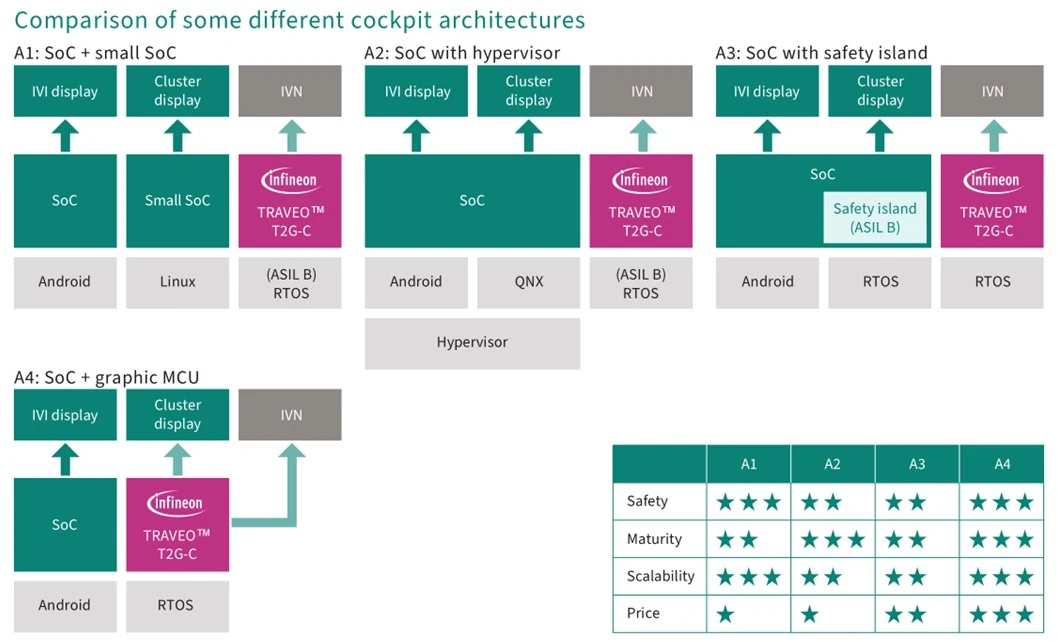Semiengineering
2w
138

Image Credit: Semiengineering
Accelerating The Shift To Software-Defined Vehicles
- The automotive E/E architecture is evolving towards a software-defined vehicle, transitioning to centralized and mixed domain-zone architectures from traditional distributed ones.
- Advanced Electronic Control Units are now powered by sophisticated System-on-Chips, combining functions like ADAS, infotainment, and motion control, though facing challenges in performance, safety, and security.
- The use of powerful SoCs in automotive systems can compromise real-time performance due to reliance on full-featured operating systems.
- Companion microcontrollers, also known as VIPs or DCUs, alongside SoCs enhance real-time performance, safety, and cybersecurity through RTOS, system startup/shutdown management, and ASIL B to ASIL D certification.
- Companion microcontrollers are designed with safety in mind, offering predictable behavior in failure conditions, unlike some application processors.
- Implementing companion microcontrollers using different methods can enhance system performance and cost-effectiveness while reducing development time and effort.
- Key functions of companion microcontrollers include system management tasks, security enhancements, vehicle interface functions, and specialized functions like stepper motor control and sound capabilities.
- Emerging use cases for companion microcontrollers include Video Safety Companions for instrument clusters and supporting complex ADAS endpoints to meet real-time processing demands.
- Companion microcontrollers are crucial in enabling AI-driven ADAS endpoints, optimizing performance, safety, and security to maintain system integrity in advanced automotive architectures.
- Infineon's TRAVEO and AURIX microcontroller families are positioned to cater to the growing demand for companion microcontrollers as the industry progresses towards centralized architectures.
Read Full Article
8 Likes
For uninterrupted reading, download the app